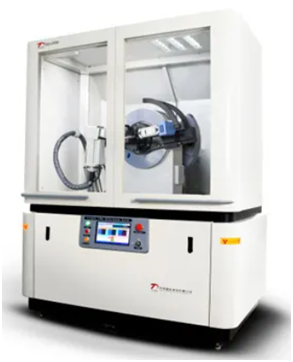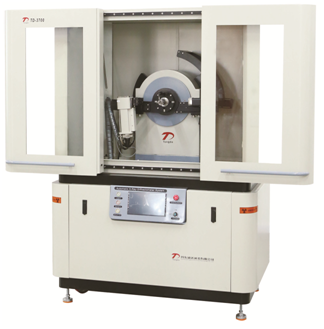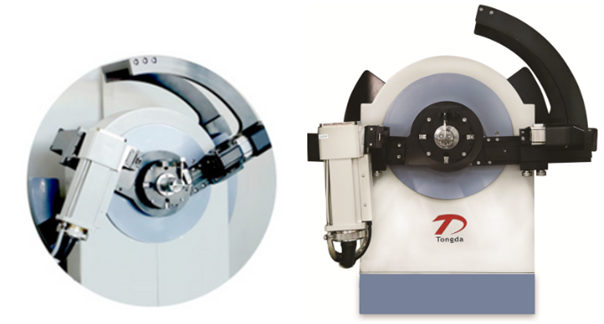
The application of XRD technology in scientific research
2024-04-08 23:00X-ray diffraction is a commonly used non-destructive analytical technique that can be used to reveal the crystal structure, chemical composition, and physical properties of substances.
1.Phase analysis
Phase analysis is based on the relationship between the position and intensity of the diffraction lines in the X-ray diffraction pattern and the atomic arrangement period and phase content. The position of the diffraction line is related to the periodicity of atom arrangement. For different phases, there are specific X-ray diffraction patterns.

2.Lattice parameter
Lattice constant is the most basic structural parameter of crystalline material. The theoretical basis of X-ray diffraction method to determine the lattice parameters is to calculate the lattice parameters according to Bragg's law and the relationship between the lattice parameters and the spacing d value of the crystal plane.

3.Residual stress
As a nondestructive testing method, X-ray diffraction technique can be used to study residual stress in depth. The macroscopic residual stress is manifested by the shift of peak position on X-ray diffraction spectrum. When there is compressive stress, the distance between crystal faces becomes smaller, so the diffraction peak shifts to a higher Angle; conversely, when there is tensile stress, the distance between crystal faces is extended, resulting in the displacement of the diffraction peak to a lower Angle.

